Richard Ewen is a talented watercolour artist who lives in Austin, Texas. He loves Paris, visits it regularly, and then, back in Texas, creates marvellous paintings of Paris, many of which are based on reflections in shop and café windows.
Watercolour painting is an exacting art, because unlike oil painting, you cannot just cover up your errors with more paint. And any artist can tell you how difficult it is to master the technique of painting reflections. To do so in such an unforgiving medium as watercolour makes Ewen’s work even more impressive.
Consider the painting he calls Guess Who’s Coming to Dinner.
Richard’s paintings begin with his walks, a keen eye, and his camera. He recalls, “I stopped dead in my tracks when I saw the table setting and the car reflected so that it looked as if it was inside the restaurant.”
Recently, we met in Paris and he told me more about how his paintings come about. It begins with the original photo.
In an e-mail, he explained his method for moving from original photo to painting.
“I work in Photoshop and do the following:
1. Crop the image. I like to get rid of the architecture of the building and the window, no matter how interesting it is, so that there is a little mystery to the first look at the painting. “What is this?” or “Why is the lettering backwards?”
2. Skew the image to be square with the picture plane.
3. Adjust the shadows to bring out details and adjust the highlights to reduce any glare.
4. Increase the color saturation.
5. Brighten the image and set the contrast.”
These procedures give Richard what he calls the “altered photograph” we see below.
The altered photo does not become the exact painting, but it is a crucial step in the process. As Richard explains, “It is important to get the photograph adjusted to the colors and brightness that I want in the final painting. I start painting with light and thinned bright colors first, and try to get colors in every area before strengthening them and darkening the shadows. In other words, bring in the colors lightly at first and then stronger as I keep layering the paint.”
The expression “layering the paint” is a reminder of just how much planning and prevision his work needs. Because he works in watercolour, he has to get it right the first time, so naturally he works carefully. After he has decided on all of the details for the painting, he draws it in pencil on a special translucent paper. Here he must be careful to clearly indicate how the colours will be applied and built up to give the reflections he needs.
Then he takes the watercolour paper on which he will paint and puts a piece of transfer paper—rather like the carbon paper of old used for typewriters—over it, topped by his drawing of the painting. He retraces the lines he made on the translucent paper so they will be transferred from the transfer paper to watercolour paper. Only then does he start painting.
I will leave it to you to examine and re-examine the three images for Guess Who’s Coming to Dinner and to look for changes. Notice, for example, how the structure of the double red doors have changed, how shadows have been sharpened, as have the chasse roues. What has happened to the reflections in the wine glasses or the look of the tablecloth?
Now let us consider “Plage 13.” Plage means beach. It too started with a photo he took one day, but let us look first at the finished painting.
In an e-mail Richard explained, “Plage is the backdrop photo that the window decorator installed behind the mannequins. A beach scene with tropical palm trees and exposed figures on the beach in tones of red and yellow and tan. In the lower right-hand corner you can make out a chid wrapped in a floating device or inner tube. The silver post is a structural element in the store and there is a traffic light positioned near it. At the top of the post the shade from outside ends the visibility of the post and the reflection of the building from across the street takes over. There is printing on the window that says Prada, Milano, 1913” (1913 is the year Mario Prada founded his label).
I have not seen the original paintings, but as I increase the size of the images on my computer screen, I see more and more details, more and more story. Surely many readers have had the same experience with a scanned image or their own photos, which reveal details that are only visible when enlarged. Richard explains that this element of surprise is an important part of how his paintings emerge.
“One of the features I like about these images I take is precisely the detail that comes forward upon inspecting the photograph on the screen after it has been enlarged. The complicated subject matter and haphazard juxtaposition of shape and objects create a very interesting composition and hopefully make the viewer see something new each time he or she views the painting.”
The image immediately below is the altered photo. I leave it to you to find the additional details that emerge as you continue to look at it.
The photo shown below is the original window as photographed by Richard.
In the next painting, titled “Christian Lacroix,” let us start with the original photo.
Richard “liked the broken cubist-like image and the purple and gold.” In the original photo, Richard as photographer is clearly reflected on the left. There is also no mistaking that this is a store window. Looking at the altered photograph below we see a new image and focus emerging as he crops, zooms in, and makes other subtle alterations.
Here is the finished painting that emerged.
Richard did this painting for the assistant in the Austin gallery that exhibits his work. It seems a far cry from the original and yet is clearly connected to the original and retains the same essence.
Artists help us see more clearly by helping us see differently. Perhaps this is why I spend so much time in art galleries, thinking of all manner of art works and, when I get the chance, talking with artists about their work.
As I have explored Richard Ewen’s website I have found myself returning to several favourites. One is the opening painting in the blog, the one with the gorgeous reflections of the car in the restaurant. The other is Le Grand Café.
It started from a photo that Richard says “appealed to me because of the intense red.” (I too like “intense red.” I have a bright red bookcase in my study and a stained glass piece in the window with a triangle of deep red.)
Richard’s café looks very inviting. The red is energizing, yet the overall scene is calming. As a good café does, it draws you in and suggests possibilities, while creating a cocoon-like private space of energy and calm when one needs it. Le Grand Café started with an unnamed café he photographed one day in Paris.
The cigarette butts and debris suggests that the crowds have gone. It could be closing time or very early morning; it does not matter. There is a slash of light on the chair back and an empty table. We see the bottom of equipment on the bar counter and light reflected from floor to the front of the counter. Then Richard started to change the scene.
The cigarette butts are still there, but the equipment on the bar has all but disappeared. The floor pattern is still reflected on the front of the counter and the table is still empty.
Now let us revisit Le Grand Café and reflect on how one man has helped us see Paris anew.
Revisiting the works of Richard Ewen has been particularly enjoyable for me. Among other things, they are a reminder of a wonderful lunch and afternoon in Paris this past April. Richard and I knew of each other’s work through Parisian Fields, but had not met. And yet at the lunch that Philippa and Richard had arranged, it seemed as if we were old friends. After lunch, Richard, his wife Mary, Philippa, and I spent a delightful afternoon wandering about the 5th arrondissement, visiting their apartment, and enjoying the company of new friends.
This is one reason why Philippa and I write this blog: we love Paris, love the new sights and experiences we find each time we visit, love to write about those sights and experiences, and love the way it allows us to connect with those who share our enthusiasm for the city.
I thank Richard for his generosity in helping me understand his work, answering my questions, letting me use his images, and above all helping me see Paris anew. Perhaps we need to feature more artists in Parisian Fields. What do you think?
Text by Norman Ball; photographs and illustrations by Richard Ewen.






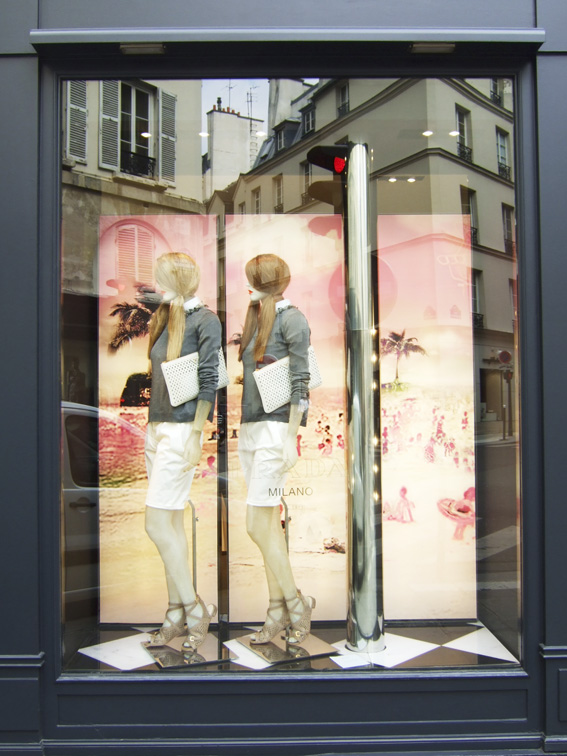
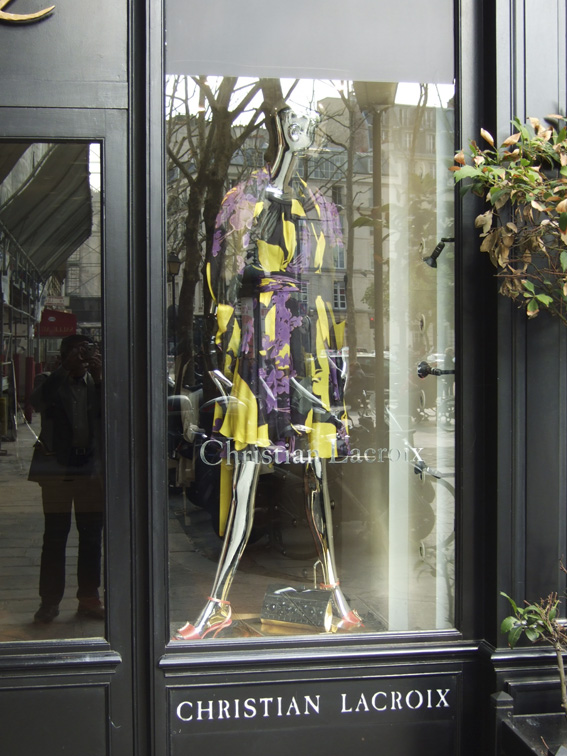
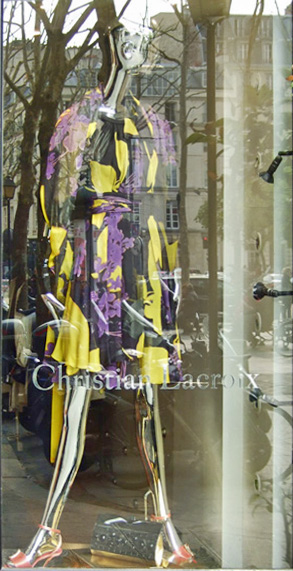
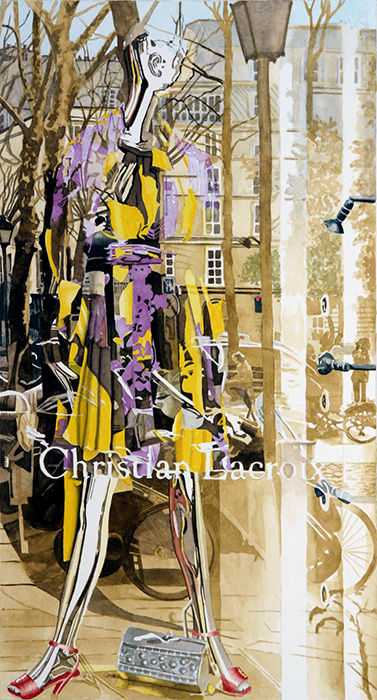



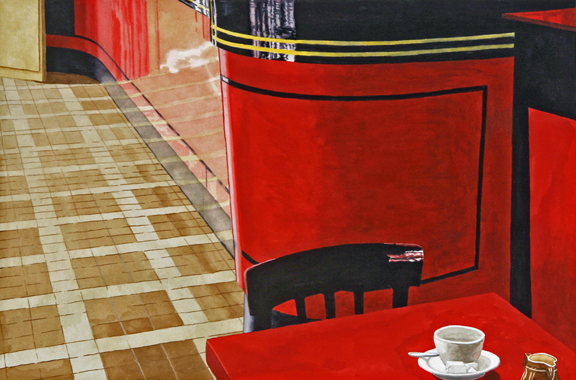




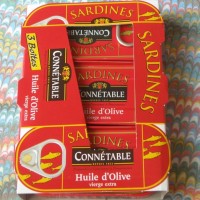
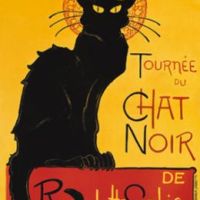














Another fantastic article, really makes me look forward to Sunday evenings – and yes, more artists please
That was a fascinating insight into the way this particular artist works – and, as Ian has already said, yes, more artists please!
Such a rich process goes into each and every piece this artist creates. His precision and attention to detail invite one deeply into each space he captures in his watercolours. His paintings allow us to engage with time and place through one unique moment and from a unique perspective. Thanks for the article!
Wendy, thank you for your kind words. Time stands still for me when I work on the painting and I dwell on the experience I had that day in Paris. Even work on photographs from two or three years past brings me back to the moment when I took the picture.
First off let me say that I am biased towards Richard, he is my brother-in-law and one of my favorite people. The first time I visited Paris Richard and Mary were there. Richard took me on a walking tour where we both took photographs (I’m a photographer).
I know some of his procedures in accomplishing his work, but I love being treated to a”blow by blow” if you will, of how he does this especially with photo representation of various stages of his wonderful work.
A very interesting piece, and a fascinating look at the artist’s methods. However, I can’t help feeling that by removing the cigarette butts and papers from the final painting, he has also removed the most interesting part of the shot!
Adam:
I agree about the butts. I have considered painting the grates surrounding the trunks of trees in the streets of Paris that fill up with cigarette buts. Perhaps the smooth clean red formica counter and red tables and chairs “colored” my vision to make the area look cleaned up. Thanks for your comments.
Richard Ewen
Adam & Richard, Knowing Richard as well as I do I am inclined to suggest that his personal habits are transferred to his work. He is very organized. Some might say that this goes without saying, but that’s what I am good at, stating the obvious. Ya’know, I was taught that in the military.
I have always loved Richard’s paintings, and he is really evolving as a painter and it is wonderful to watch the progression and his thought process!
I knew these ” reflection” paintings were going to be great.Since we have some of your very early work…..you have evolved,Richard,and I,for one, love all the the fantastic colors !!!
Hmmmm, maybe time to get something for the new dining room. You know how much I love all your work but the “Reflection” paintings are some of my very favorites. Great article Richard, I am going to pass it on to some of my friends.